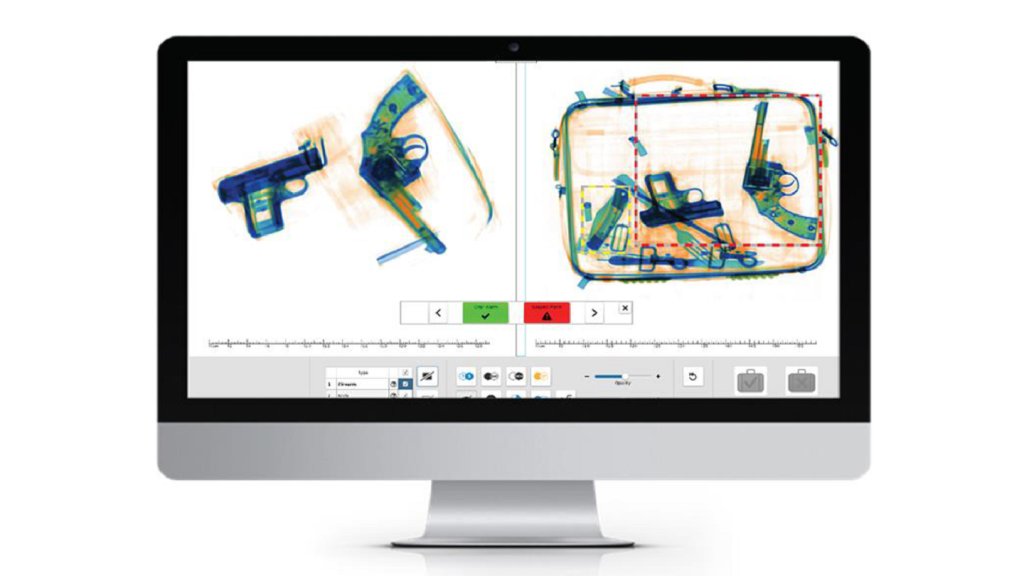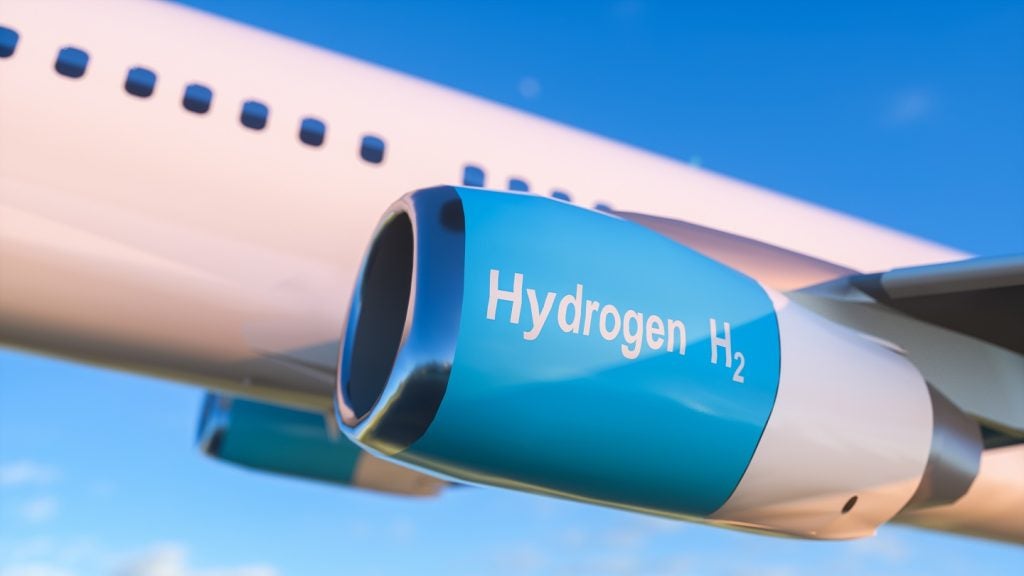
In 2005, the United Nations’ International Civil Aviation Organization (ICAO) published the first edition of its ‘Global Air Traffic Management Operational Concept’ (Doc 9854 AN/458). It recognises that the air transport industry plays a major role in world economic activity and remains one of the fastest growing sectors; however, in many places, demand often exceeds the available capacity of the system, resulting in significant negative consequences, not only to the aviation industry, but also to general economic health.
The ICAO developed Doc 9854 as a means to guide the implementation of communications, navigation, surveillance and air traffic management (ATM) technology by providing a description of how the emerging and future ATM system should operate.
This, in turn, will assist the aviation community through the transition from today’s technology centred air traffic control to tomorrow’s performance-based and collaborative ATM environment.
This paradigm shift from controlling air traffic to dynamically managing it will ensure the ICAO’s vision for a safe, secure and sustainable air transport system, available to all aviation stakeholders at global, regional and sub-regional levels.
MET today and tomorrow
The ICAO’s global ATM operational concept acknowledges that the provision of aeronautical meteorological (MET) information is a key enabler of the future ATM system, with MET information tailored to fulfil users’ needs and expectations. The ICAO recognises that a gap exists between the MET provisions stipulated within today’s ‘Annex 3 – Meteorological Service for International Air Navigation’ and the evolving ATM user needs of tomorrow.
Since its first edition in 1949, Annex 3 has successfully serviced the needs of pilots; however, in view of the evolutionary steps being taken to support the future global ATM system, the ICAO’s MET section is working with states and partnering international organisations to ensure that Annex 3 can address the ATM challenges and opportunities of tomorrow.
How well do you really know your competitors?
Access the most comprehensive Company Profiles on the market, powered by GlobalData. Save hours of research. Gain competitive edge.

Thank you!
Your download email will arrive shortly
Not ready to buy yet? Download a free sample
We are confident about the unique quality of our Company Profiles. However, we want you to make the most beneficial decision for your business, so we offer a free sample that you can download by submitting the below form
By GlobalDataToday, due in particular to aeronautical telecommunication bandwidth limitations, Annex 3 requires MET offices to prepare and issue aerodrome forecasts (known as TAF) and similar products to users in plain text alphanumeric MET code form. In recent years, the world has seen ever-increasing computing and network capabilities and capacities, and more sophisticated ways to exploit and visualise the available data. These new capabilities, combined with an improved understanding of atmospheric science and ability to more accurately observe and forecast the weather has presented an opportunity for meteorological services to provide MET information to airspace users beyond the current scope of Annex 3.
While the increased availability of such supplementary services can be viewed as a positive step (since they are often value added and directly serve local user needs), it can also become a constraint for aviation users and meteorological service providers alike, since, in many instances, the sheer amount of available information cannot be conveyed to users in an efficient or effective manner.
One way to overcome this challenge has been the increased availability and use of internet-based solutions and decision support tools (DST) that provide probabilistic and other forms of MET information directly to users. Good examples of DSTs exist in several parts of the world – especially for the busy airports and high-density airspaces of central Europe, the US and parts of Asia. The DSTs are software applications used to automate the weather impact evaluation and support the user response.
Since the emergence of such services is beyond the current scope of Annex 3, they have often emerged at a regional or sub-regional level, and occasionally in an isolated manner, posing a challenge for tomorrow’s seamless and interoperable ATM environment. For the ATM system to be efficient, effective, environmentally sustainable and, above all, remain safe, MET information will need to be translated directly into ATM constraints and impacts to support the ATM decision-making process (‘weather impacts’). The DSTs outlined above will be (and in some cases already are) available to handle MET information in this undertaking.
Turning data into effect
The integration of MET information into ATM processes and the use of sophisticated DSTs are prerequisites for efficient trajectory-based flight operations and operations in high-density airspace. This will enable the most efficient flight profile while continually accounting for the inherent uncertainly of the weather. In essence, weather data will be turned into weather impacts on air traffic operations. The underlying MET information may eventually not need to be visualised by users like it is today, just as today’s flight planners may not need to look at winds aloft if the winds are an integrated function of a competent flight planning system.
Despite the significant and continued advances in meteorological observing and forecasting capabilities, tomorrow’s ATM system will still be subject to the same vagaries of the weather as experienced today – strong winds, snow and ice, low visibility and thunderstorms.
The characterisation of weather forecast uncertainty, properly presented using probabilistic information, can go a long way to hazard mitigation. Enhancing the scope and availability of probabilistic MET information will enable decision-makers to make binary (yes/no, go/no-go, land/go-around, flow-rate X/ flow-rate Y) decisions according to their own objectively determined thresholds for action.
MET Roadmap and Annex 3
Initiatives to address the improved integration of MET information in the future ATM system are already taking place as functions of, among others, the US’s Next-Generation Air Transportation System and Europe’s Single European Sky ATM Research programme.
These programmes are aligned with the ICAO’s global ATM operational concept.
Through the Aerodrome Meteorological Observation and Forecast Study Group (AMOFSG) of the ICAO’s MET section, a roadmap for the transition of alphanumeric meteorological messages (such as TAF) to table-driven data representation has been developed. The roadmap outlines the steps necessary to advance Annex 3 provisions in support of the digital information exchange environment. A three-phased approach is envisaged:
- an Annex 3-enabling clause to allow the exchange of METAR, SPECI, TAF and SIGMET in extensible mark-up language (XML) or geography markup language (GML) on a bilateral basis by the end of 2013
- the exchange of this information in XML/GML as an Annex 3 recommended practice by the end of 2016
- the exchange of this information in XML/GML as an Annex 3 standard by the end of 2019.
This transition, together with others envisaged for other MET information, will enable meteorology to move away from proprietary code forms (such as GRIB and BUFR) to non-proprietary code forms (such as XML and GML), thus allowing service provision to be flexible, adaptable and ultimately interoperable within system-wide information management. The level of maturity of meteorology towards the digital information exchange environment is recognisably not as advanced, say, as the aeronautical information domain.
This presents itself as an opportunity for meteorology, since the MET community can look to adopt or exploit complementary interoperability and performance philosophies developed within, say, the AIS-AIM transition. The AIS-AIM domain has been clearly basing its developments on technical specifications from industry-standard organisations such as ISO and OGC; and so the MET domain will do likewise.
In order to support the transition of MET information to the digital environment, the ICAO is working closely with the UN’s World Meteorological Organization (WMO). Several WMO commissions are addressing matters of direct relevance to the ICAO – including an expert team on meteorological services to support ATM, an expert team on data representation and codes and a task team on aviation XML.
All of these teams’ activities are directly supporting ICAO activities, in particular an AMOFSG project team for meteorological aeronautical requirements and information exchange (PT/MARIE), which is leading the evolution of MET information. It is worthwhile noting that the work of the AMOFSG PT/MARIE feeds directly into the ICAO’s ATM Requirements and Performance Panel’s work on the development of provisions to support ‘Flight and Flow Information for a Collaborative Environment – a Concept’.
Annex 3: the next step
Over the coming years, Annex 3 will adapt to ensure that international civil aviation requirements for meteorology are aligned with current and foreseen ATM requirements, with inherent adaptability, flexibility and scalability. For this reason, Annex 3 will likely split into two complementary documents.
Subject to approval by an ICAO MET divisional meeting planned for 2014 (to be held conjointly with the 15th Session of WMO’s Commission for Aeronautical Meteorology), Part I of Annex 3, which provides the core international standards and recommended practices, will be enhanced and become sole Annex 3 SARPs, while Part II of Annex 3, which provides the technical specifications of meteorological service provision, will be enhanced and become a new air navigation services procedural document (PANS-MET).
Annex 3 will still detail what MET service is required for international air navigation, but the PANS-MET will detail ‘how’ the meteorological service for international air navigation is to be provided. The former will be aimed at the state regulatory authority, while the latter will be targeted at the aeronautical meteorological service provider. By moving Part II to a new PANS-MET, and enhancing the material therein, the MET community will be better placed to rise to the challenges that lie ahead as the future ATM operational concept becomes an operations reality.







